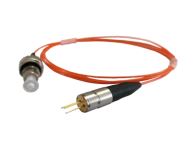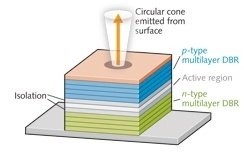RWLP-525M
525nm Laser Diode
Key Features:
- 525nm
- Up To 5W
- Long-term Reliability
There are many configurations and options available. If you do not see exactly what you need below, please contact us!
Need Quantities? Have a question?
POPULAR CONFIGURATIONS:
Picture |
Part Number |
Part Description |
Datasheet |
Lead Time |
|
|---|---|---|---|---|---|
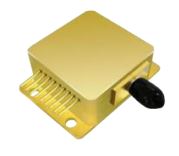
|
RWLP-525-800m-M-H9-T-PD |
Fiber Coupled Laser Diode, 525nm, 800mW, 9-Pin Package w/ 105um MMF, FC/PC Connector, w/ TEC and PD |
|
Inquire |
Get Quote |
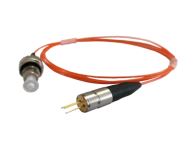
|
RWLP-525-001-50M |
Fiber Coupled Laser Diode, 525nm, 1W, Coaxial Package w/ 50um MMF, FC/PC Connector |
|
Inquire |
Get Quote |
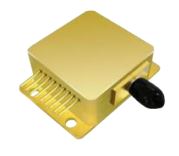
|
RWLP-525-001-50M-H9-T-PD |
Fiber Coupled Laser Diode, 525nm, 1W, 9-Pin Package w/ 50um MMF, FC/PC Connector, w/ TEC and PD |
|
Inquire |
Get Quote |
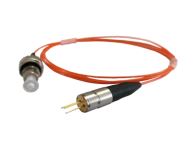
|
RWLP-525-1200m-M |
Fiber Coupled Laser Diode, 525nm, 1.2W, Coaxial Package w/ 105um MMF, FC/PC Connector |
|
Inquire |
Get Quote |
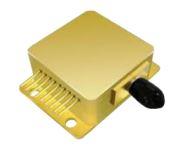
|
RWLP-525-1200m-M-H9-T-PD |
Fiber Coupled Laser Diode, 525nm, 1.2W, 9-Pin Package w/ 105um MMF, FC/PC Connector, w/ TEC and PD |
|
Inquire |
Get Quote |
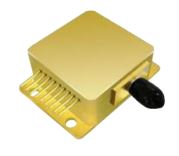
|
RWLP-525-002-M-H |
Fiber Coupled Laser Diode, 525nm, 2W, P4 Package w/ 105um MMF, FC/PC Connector, w/ optional TEC and optional PD |
|
Inquire |
Get Quote |
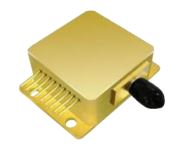
|
RWLP-525-005-200M-H |
Fiber Coupled Laser Diode, 525nm, 5W, P5 Package w/ 200um MMF, FC/PC Connector, w/ optional TEC and optional PD |
|
Inquire |
Get Quote |
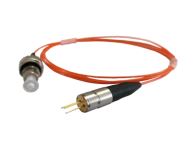
|
RWLP-525-800m-M |
Fiber Coupled Laser Diode, 525nm, 800mW, Coaxial Package w/ 105um MMF, FC/PC Connector |
|
Inquire |
Get Quote |
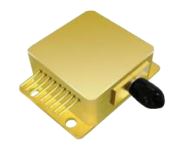
|
RWLP-525-800m-50M-H9-T-PD |
Fiber Coupled Laser Diode, 525nm, 800mW, 9-Pin Package w/ 50um MMF, FC/PC Connector, w/ TEC and PD |
|
Inquire |
Get Quote |
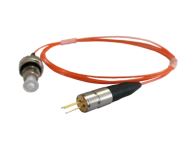
|
RWLP-525-800m-50M |
Fiber Coupled Laser Diode, 525nm, 800mW, Coaxial Package w/ 50um MMF, FC/PC Connector |
|
Inquire |
Get Quote |
The RWLP series offers an affordable and versatile solution for your laser application needs with single-mode and multimode options and wavelengths from 405nm thru the IR region. With customizable options, our team can work with you to solve any challenges you may face. Rigorously tested for long-term reliability, the RWLP series ensures consistent performance and high beam quality. Perfect for integration, this series supports multiple applications including biological and analytical instrumentation.
Benefits:
- Affordability and Customization:
- Highly competitive pricing for fiber-coupled diode products, making it an economical choice for your laser application needs
- Customizable options ensure that you get the exact specifications you need for your specific application
- Reliability and Longevity:
- Diode lasers undergo rigorous testing, including aging and temperature cycling tests, to ensure long-term reliability and consistent performance
- With this level of testing, you can trust that your RWLP laser will continue to function as expected for years to come
- Performance and Versatility:
- With high beam quality and a wide variety of products available, the RWLP series is perfect for integrating into your existing setup
- Its versatility allows for support of multiple applications, making it a versatile and adaptable solution for your laser needs
At RPMC, we understand that our customers have unique laser application needs. That’s why we offer customized options for the RWLP series to ensure that you have the perfect solution for your specific requirements. With a wide variety of products available, our team is dedicated to providing you with the highest level of quality and support. Trust in RPMC Lasers for reliable, cost-effective laser solutions that will help you achieve your goals.
If you have any questions or need more information, please contact us.

 SHIPS TODAY
SHIPS TODAY 